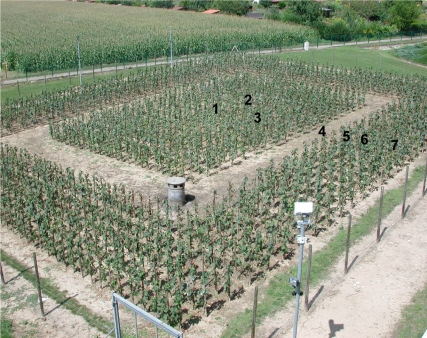Figure 4. The different cultivation zones of the Colmar GM rootstock trial, including a biomonitoring system.
(1) Soil in this zone (40m3) came from a vineyard affected by GFLV. The nematodes (20/kg of soil) bore GFLV, and the intention was that they would transmit it to the grapevines by feeding on their roots. Analyses performed on Pinot Meunier grafts made it possible to determine whether GM rootstocks (50 plants) could protect the grapevines compared with standard rootstocks. Zones 2 to 7 contained soil from the INRA site that was free of GFLV virus. (2) Growth of the grapevines grafted on GM rootstock (20) could be compared with that of standard plants in the absence of disease. (3) The detection of standard, affected plants enabled monitoring of the horizontal movement of nematodes from zone 1 over time. (4) If the nematodes colonised all of zone 3, they would not be able to cross zone 4 because there were no roots on which to feed. (5) Thus if plants in this zone remained free of disease, they would testify to the halt in nematode movement. (6) A double, microporous membrane would limit the movement of nematodes (which follow root development) outside the experimental site. (7) Standard grapevines in this zone were there to testify to the absence of nematode migration.

